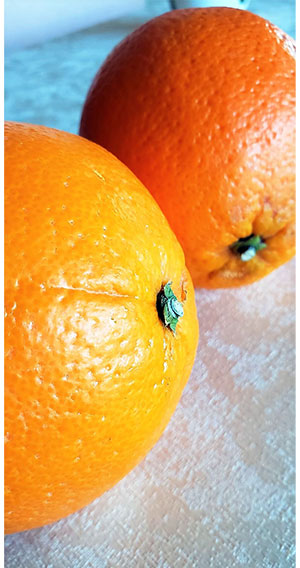Liquid Multivitamin Drinks
I have been working in the field of dietary supplements for the last 30 years and have specialized in liquids because they are more easily absorbed by the body, are easier to swallow than pills and are much more difficult to formulate and produce than pills and tablets. That means the competition for employment is low, so even I could find a good job!
The ultimately difficult liquid supplements are the vitamins. Most vitamins are very stable as dry products, so they are easily incorporated into tablets and capsules. Although some vitamins are very stable in liquids (water), some are not at all.
The problems with liquid vitamins are compounded by the fact that each vitamin has a different optimum pH in water. pH is one of the most important factors for the stability of vitamins in water. Many of the processes that degrade vitamins are pH dependent. Here is a list of some vitamins and their optimal pH ranges:
Thiamine (Vitamin B1) Riboflavin (Vitamin B2) Cyanocobalamin (Vitamin B12) Ascorbic acid (Vitamin C) Retinol (Vitamin A) D-panthothenates (Vitamin B5) Folic acid | 2.0 - 3.5 3.0 - 4.0 4.0 - 5.0 5.0 - 7.0 > 6.0 6.0 - 8.0 6.0 - 9.0 |  |
You can see that it is difficult to find a liquid product pH that would keep all the vitamins stable.
Furthermore, highly antioxidizing vitamins can destabilize other vitamins. Vitamin C, for example, will degrade Thiamine. Folic acid, on the other hand, is more stable with an antioxidant. The vitamins B1, B2 and B3 interfere with each other, causing a browning effect. It’s a crazy world!
In the USA, the requirement is for dietary supplements to maintain their label claim throughout the shelf life. If orange juice, for example, were sold as a dietary supplement, its shelf life would be about 3 months. That will never happen. Luckily, in the USA, orange juice is a food/beverage.
Most fruit juices have a low pH, between 2.5 and 4.0. Great for some vitamins. One of our favorite drinks at home is a multi-vitamin juice. Even though I know that the folic acid is probably gone 4 weeks after the product was bottled and the vitamin C shortly thereafter. It still tastes yummy.
Vitamin C in Cosmetics
The same holds true for vitamins in cosmetic products. Vitamin C creams, for example, if made with ascorbic acid, turn brown very quickly and lose their vitamin C content continuously over time.
Luckily, for cosmetics, there are stable versions of vitamin C, where one highly reactive part of the molecule is replaced by something else that is not very reactive. Examples are glyceryl ascorbate, magnesium ascorbyl phosphate or sodium ascorbyl phosphate.
Dorith Kosmetik® is working on a vitamin C serum using 20% sodium ascorbyl phosphate. Not only is the serum a powerful antioxidant, it has the following properties:
- Regulates collagen synthesis and inhibits enzymes that break it down
- Lightens skin
- Diminishes the signs of aging by reducing the appearance of fine lines, wrinkles, and age spots.
The only drawback is that sodium ascorbyl phosphate is not a natural product. However, this will not hold us back! We are convinced that the benefits far outweigh the deterrents.
- Dr. Jonathan Selzer

Images:
©Dorith Kosmetik GmbH
und
Ink Drop (Photographer). Citrus fuits, grapefruit, lemon, lime, orange background [Foto], 23 April 2020, von: https://www.shutterstock.com/de/image-photo/citrus-fuits-grapefruit-lemon-lime-orange-1136271797
